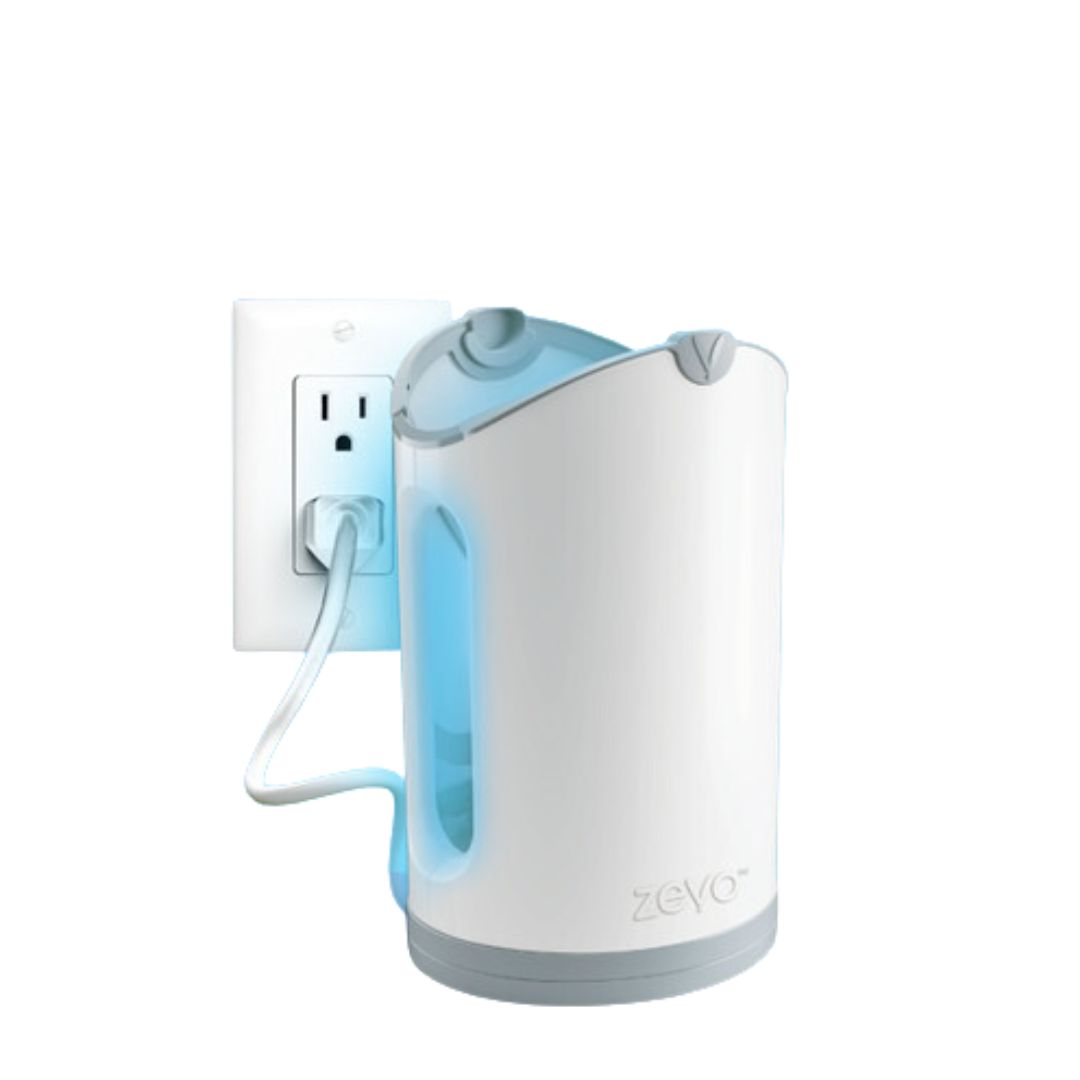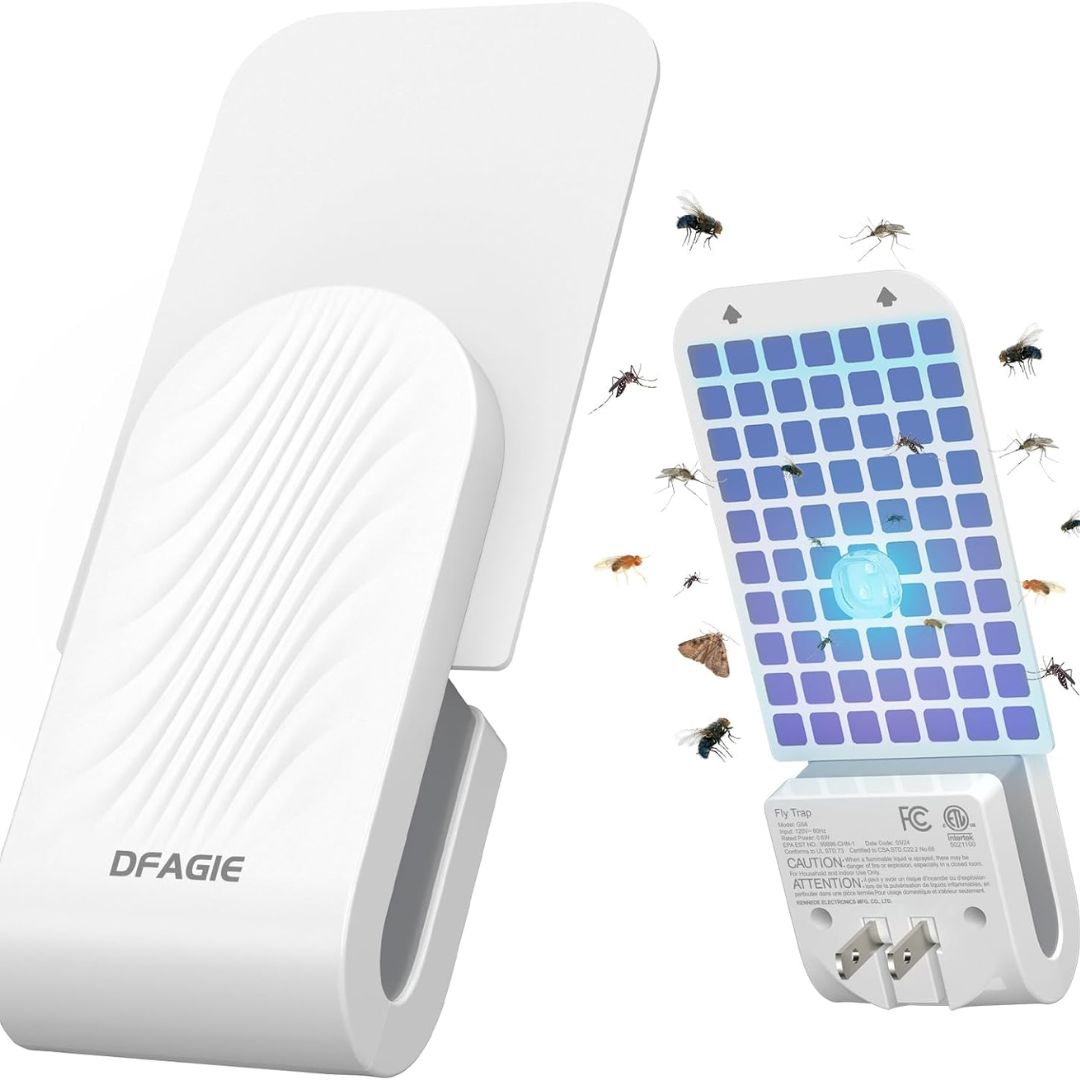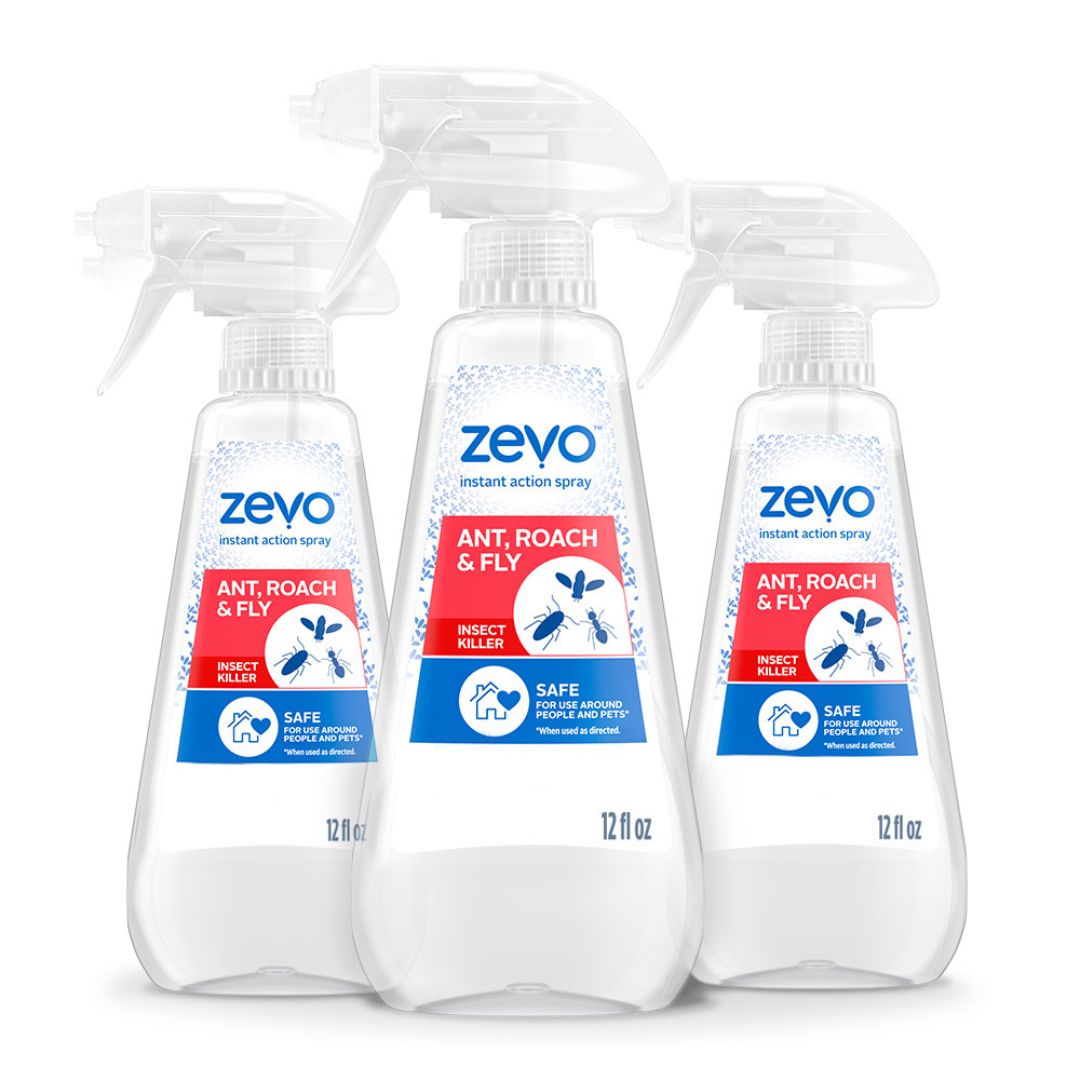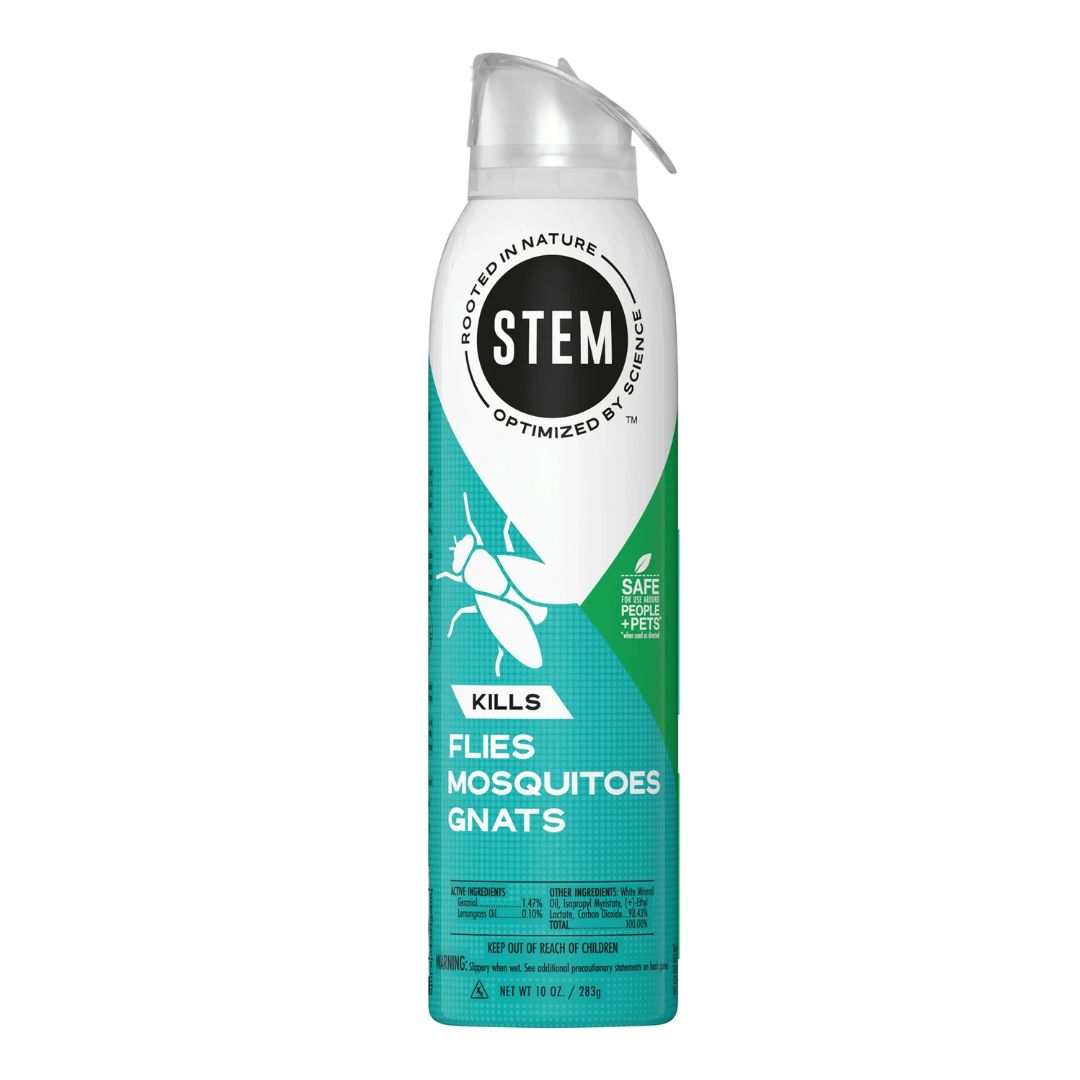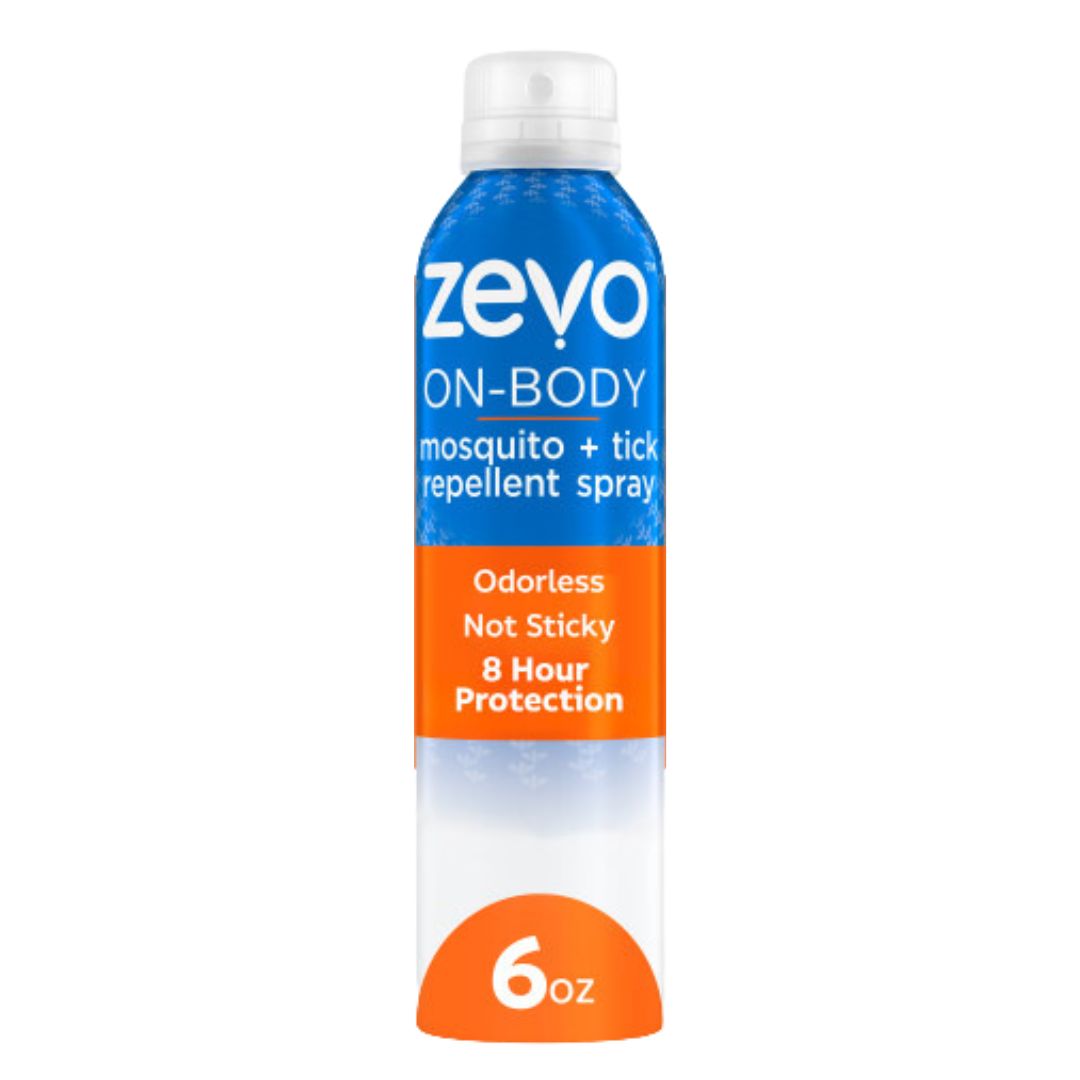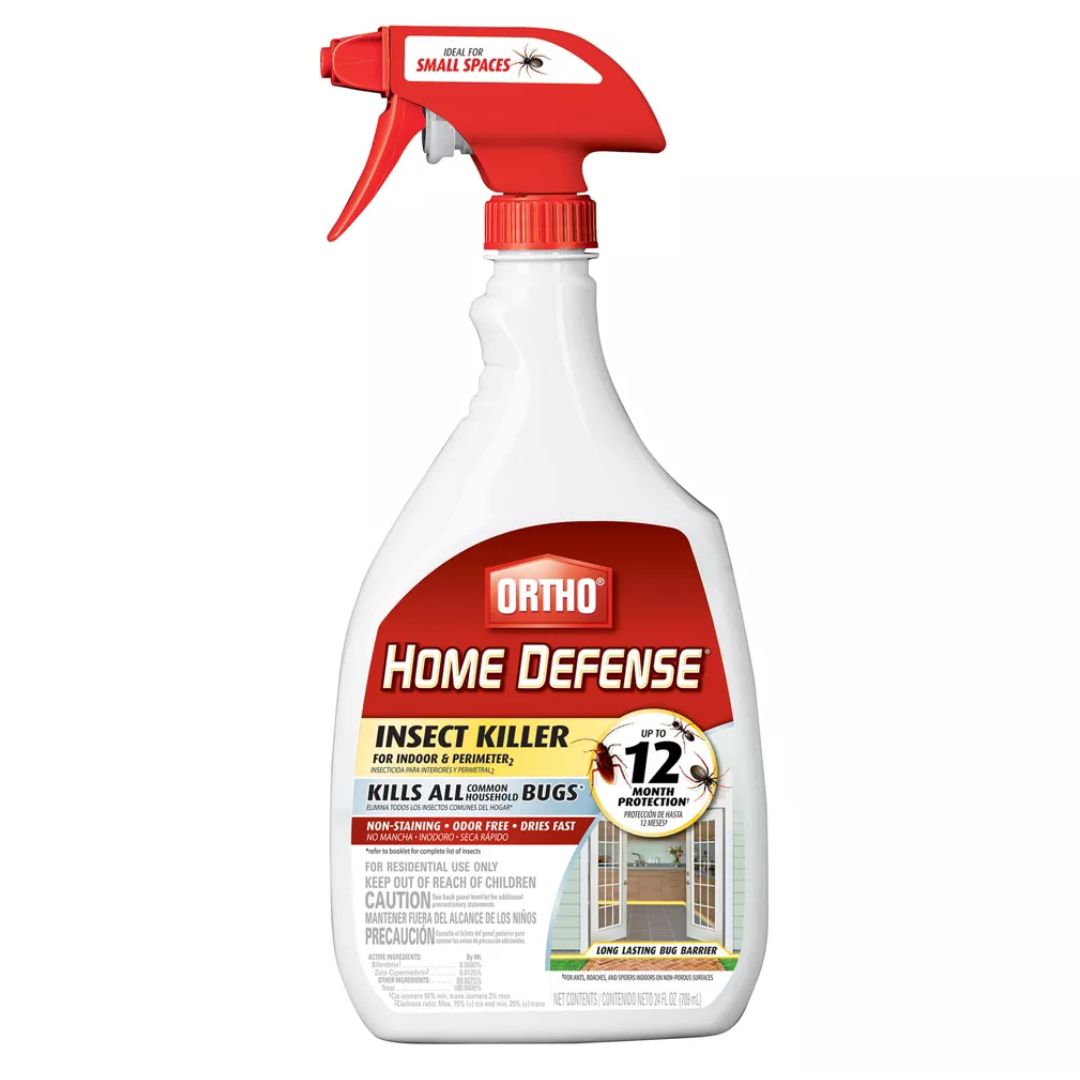How to Get Rid of Gnats — Entomologist and Pest Expert Says You Need to Follow These Steps for a Bug-free Home
They're small but mighty and can be quite the nuisance, here's what you need to do to keep your home feeling fresh without those tiny flies


There's nothing more annoying than a high-pitched buzzing sound that just won't seem to go away. Do you have pesky gnats floating around in your kitchen while you're trying to prep your favorite meal and are in dire need to get rid of them? Well, worry not as there is always a solution.
"In most cases, general sanitation and housekeeping practices are the best way to get rid of gnats," explains Scot Hodges, an entomologist and pest expert from Arrow Exterminators. "Professional treatment is not generally required to eliminate them and would not be effective if food sources are not identified and removed. If food sources are removed and the problem persists more than a couple of weeks, you may want to consult a professional for an inspection and consultation."
Whether it's learning about how to get rid of flies quickly inside or those pesky little gnats, we're here to help you through that. Here is everything you need to know about getting rid of gnats.
What You'll Need
Before you begin the process of removing gnats, you'll need the right tools to do just that. Depending on the way you choose to get rid of these pests, what you need will differ, but here are a few basics — according to our expert.
TOOLS:
• Foam cleaner
• Baking Soda
• Apple Cider Vinegar
• Dish Soap
• Sticky Pheromone laden traps
• Raw potato
How to Get Rid of Gnats
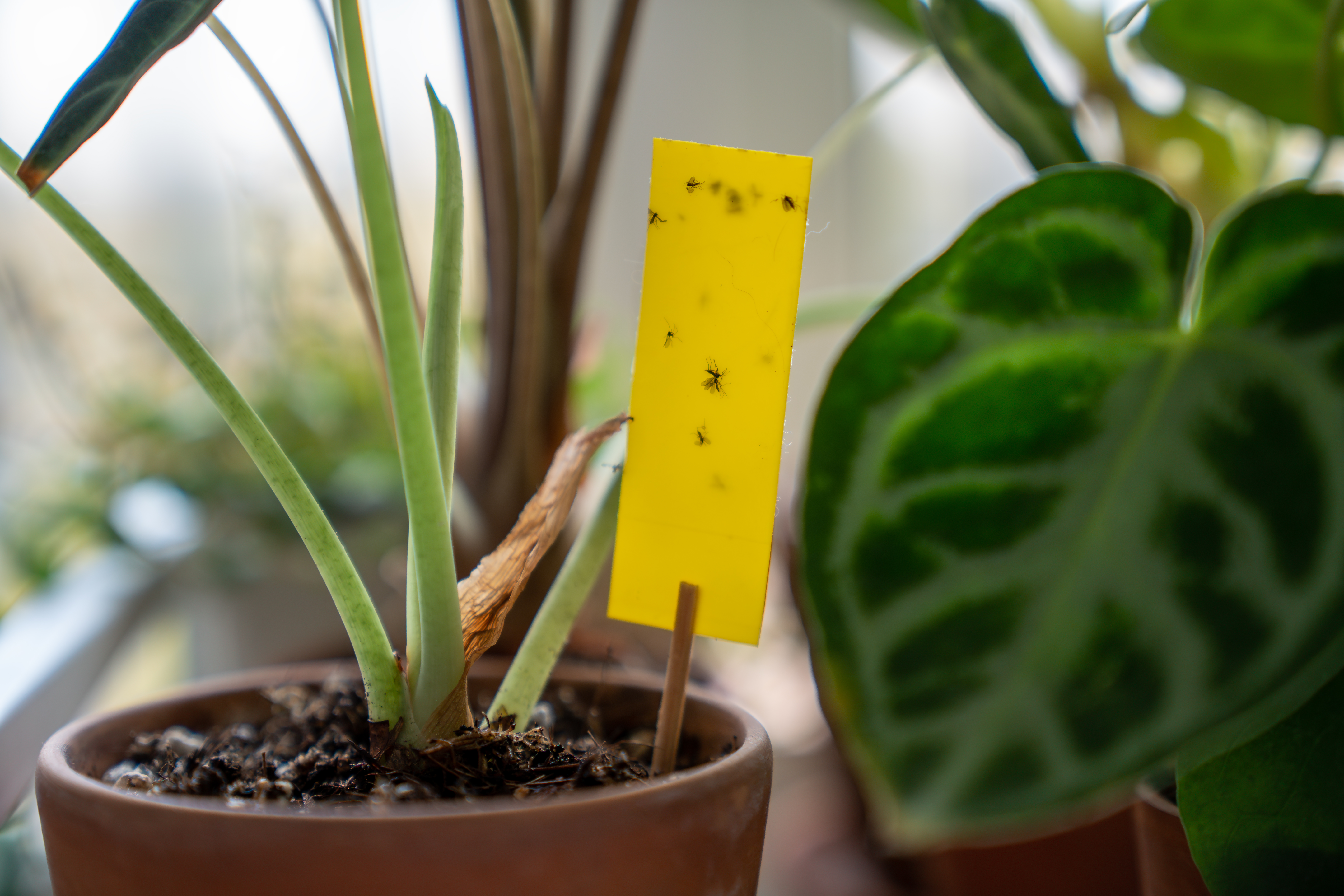
Battling with pests is no fun, whether it's figuring out how to prevent flying ants in a house or trying to remove gnats — finding a solution is key to a pest free household. Scot Hodges, an entomologist and pest expert from Arrow Exterminators says there are a few easy-to-follow ways you can get rid of gnats from your home.
Increase household cleanliness: Doing this will help you eliminate attractants. So ensure you throw out any old food lying around to help keep your pesky gnats at bay. Scot tells us this is also the first line of defense against gnats. "If you notice them around the trash bin, begin taking out the garbage every day," he adds. Make sure you remove food sources by keeping fruits and vegetables in the refrigerator, wash your dishes after you've used them, and check for and remove any used glasses or cups from your kitchen counter.
Clean drains: "First, determine if the sink or other drain is the source by placing a cup or glass over the drain and leaving it overnight," explains Scot. In the morning, check under the glass you kept overnight to see if any adult gnats are present. If there are, the expert suggests using a foaming drain cleaner to help clear the drain of built-up food waste, which will help eliminate the food source.
However, Scot says If you don’t have a foaming cleaner at hand, you can easily DIY one. For this you need to mix three spoons of baking soda with an ounce of vinegar or lemon juice and then pour the mixture down the drain. "This will foam up and start coming back out; do this at night then flush the drain with water in the morning. Repeat for at least three days," says Scot.
Treat infested plants: According to Scot, an "easy way to get rid of fungus gnats is to place chunks of raw potato in infested pots, with the non-peeled side facing down." Scot highlights that gnat larvae like to eat potato, so they’ll move on from the soil and make their way to feast onto the potato — which is a great way to remove them from your beloved plants. "Other treatment options include placing a layer of sand or indoor mulch on top of the soil, utilizing a biological larvicide or saturating soil with a plant-safe chemical treatment," Scot adds.
Make a trap: It's time for some DIY, If you want to quickly remove adult flies, you can create a DIY trap with apple cider vinegar and dish soap. For this, the expert says you need to fill a bowl halfway with apple cider vinegar and a some drops of dish soap. You can then cover the bowl with plastic wrap and secure it with a rubber band. Ensure you create a few holes on the plastic wrap to let the flies in. Gnats will be attracted to the vinegar, enter the trap, and get caught by the dish soap or the layer of plastic wrap. "Like any trap, this method should be used in conjunction with housekeeping measures," Scot notes.
Create a candle trap: For this trap all you'll need to do is find a candle (which you probably already have in your home) and an empty tray. Fill the tray with water and put your candle inside the tray. You can then proceed to light your candle in an area where there are lots of gnats and turn off the light. This method will attract the gnats either to the flame or the water.
Use fly traps: For this, Scot recommends sticky, pheromone laden traps as they are extremely successful. "The desire to breed in insects is strong and will lure flies into the sticky trap as long as there is still glue for the flies to get stuck on," the expert adds.
How to Prevent Gnats From Entering Your Home

It's time to shut your kitchen windows to avoid these little critters. Scot tells us just like any other pests, gnats can often travel into the home through open windows and doors.
The expert says to avoid this you need to "be sure any entry points are adequately screened and caulked to prevent them and avoid leaving the door open for extended periods." As for fungus gnats, they are most commonly found around houseplants and may be brought into the home from an infested plant.
He continues: "Beyond this, the best way to prevent gnats from entering your home or backyard is to eliminate food and moisture sources that would attract them."

Scot has more than 24 years experience in the Pest Control Industry serving in various operational capacities including sales, service, and management, and currently serves as the Director of Professional Development within Arrow Exterminators’ Arrow University. He earned his Associate Certified Entomologist (ACE) through the Entomological Society of America.
What Are Gnats?
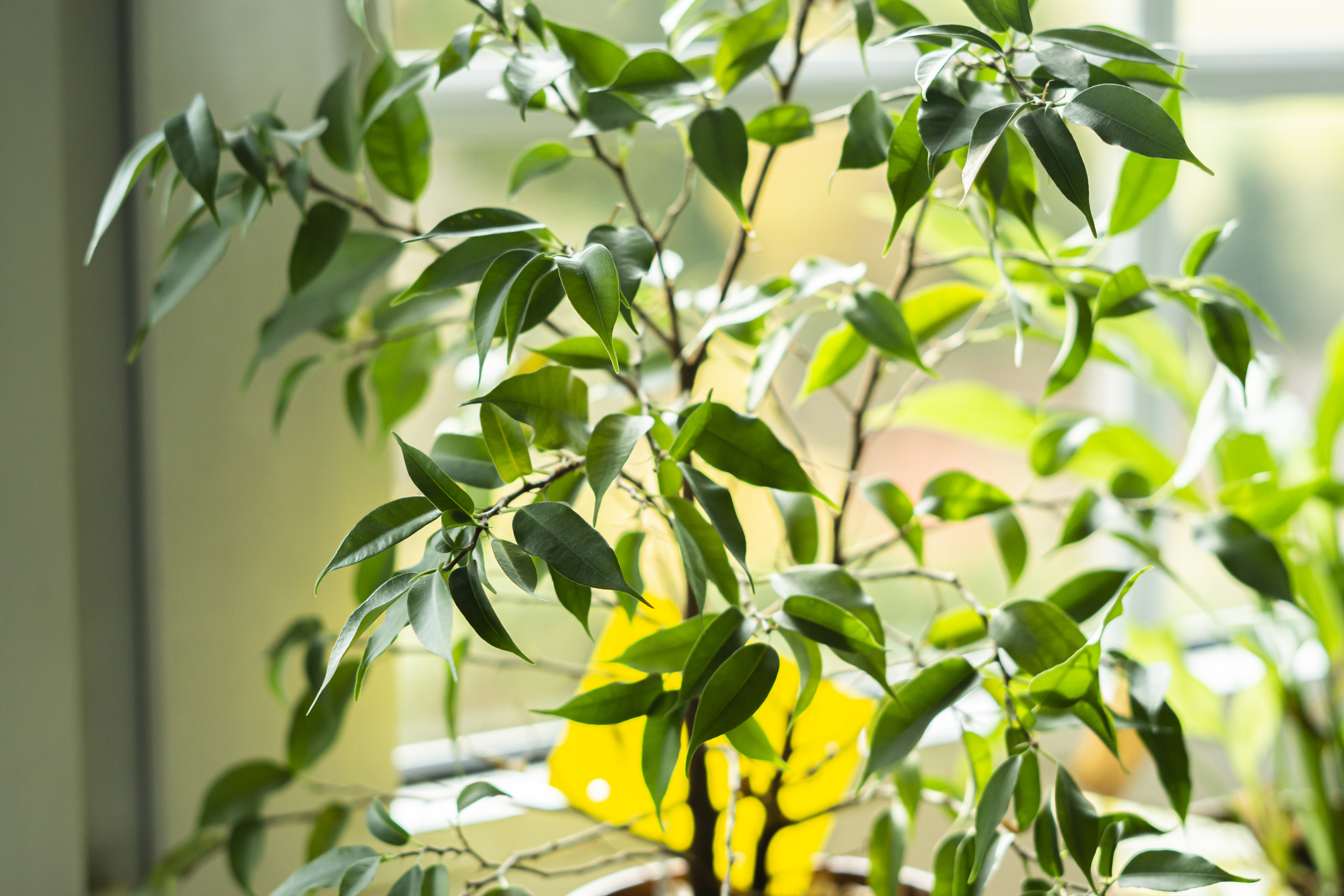
Pest control plants and trap plants are also a great way of keeping the pests in your home and backyard at bay. But before you find a method to get rid of bugs and prevent them from entering your home, you'll need to understand exactly what it is that has flown its way into your space. So, on the topic on gnats, what exactly are they? Scot gives us a breakdown.
"A few different pest species are commonly referred to as 'gnats,' including fungus gnats, drain flies and fruit flies," explains Scot. "While treatment is similar, being able to identify which species you’re dealing with can help you better address an infestation."
He continues: "Fruit flies typically have reddish eyes and small brown bodies. They are most attracted to extra-ripe fruits and vegetables, but will be drawn to any environments with food waste or moisture, like trash bags or garbage disposals. Fungus gnats resemble mosquitoes, with dark bodies, slender legs and light gray or clear-colored wings, but they are typically much smaller. They are typically associated with house plants."
And then we have drain flies, "sometimes called moth flies, have large wings relative to their size, resembling moth wings, and fuzzy bodies. You will typically find them near sinks, bathtubs and showers," Scot adds.
FAQs
Why are there so many gnats in my house?
Scot says if there are many gnats in your home, this may be due to them reproducing so quickly. He adds: "Gnats reproduce quickly. Fruit flies, for example, can lay up to 500 eggs at a time. This means once one or two are observed, the time from laying the eggs to adult can happen in a few days, and numbers will continue to increase while breeding sites and food sources exist."
How to identify gnats
Gnats are typically quite small, around less than 1/4 inches long. They also have a yellow or dark brown color and have long legs. Gnats also struggle to fly well — so if you notice any of these bugs roaming around the home, then you're probably dealing with a gnat infestation.
Top 3 Pest Control Products
Be The First To Know
The Livingetc newsletters are your inside source for what’s shaping interiors now - and what’s next. Discover trend forecasts, smart style ideas, and curated shopping inspiration that brings design to life. Subscribe today and stay ahead of the curve.

Faiza is the Renovation Editor at Livingetc. Faiza is currently renovating her small kitchen in her dainty apartment in London. Faiza previously worked for The Independent as a News Feature Writer, where she crafted lifestyle, entertainment, and news stories. She also worked as an Audience Editor for the newspaper for almost two years. Thriving in the busy newsroom, Faiza also spent her time crafting stories for Sky News as an SEO reporter, where she produced stories based on trending topics. Lifestyle and interior design is a space she has been interested in for quite some time, and as she blossoms in this field, she will continue to further her skills in design and gardening. Faiza has a background in SEO, social media, and reporting. Her passion for writing goes beyond her workm as she loves all things poetry and creative writing.
-
 My 10 Favorite Designs at Milan Design Week 2025 — Out of the Hundreds of Pieces I Saw
My 10 Favorite Designs at Milan Design Week 2025 — Out of the Hundreds of Pieces I SawThere is a new elegance, color, and shape being shown in Milan this week, and these are the pieces that caught my eye
By Pip Rich
-
 Iridescence Is Chrome’s More Playful, Hard-to-Define Cousin — And You're About to See It Everywhere
Iridescence Is Chrome’s More Playful, Hard-to-Define Cousin — And You're About to See It EverywhereThis kinetic finish signals a broader shift toward surfaces that move, shimmer, and surprise. Here's where to find it now
By Julia Demer
